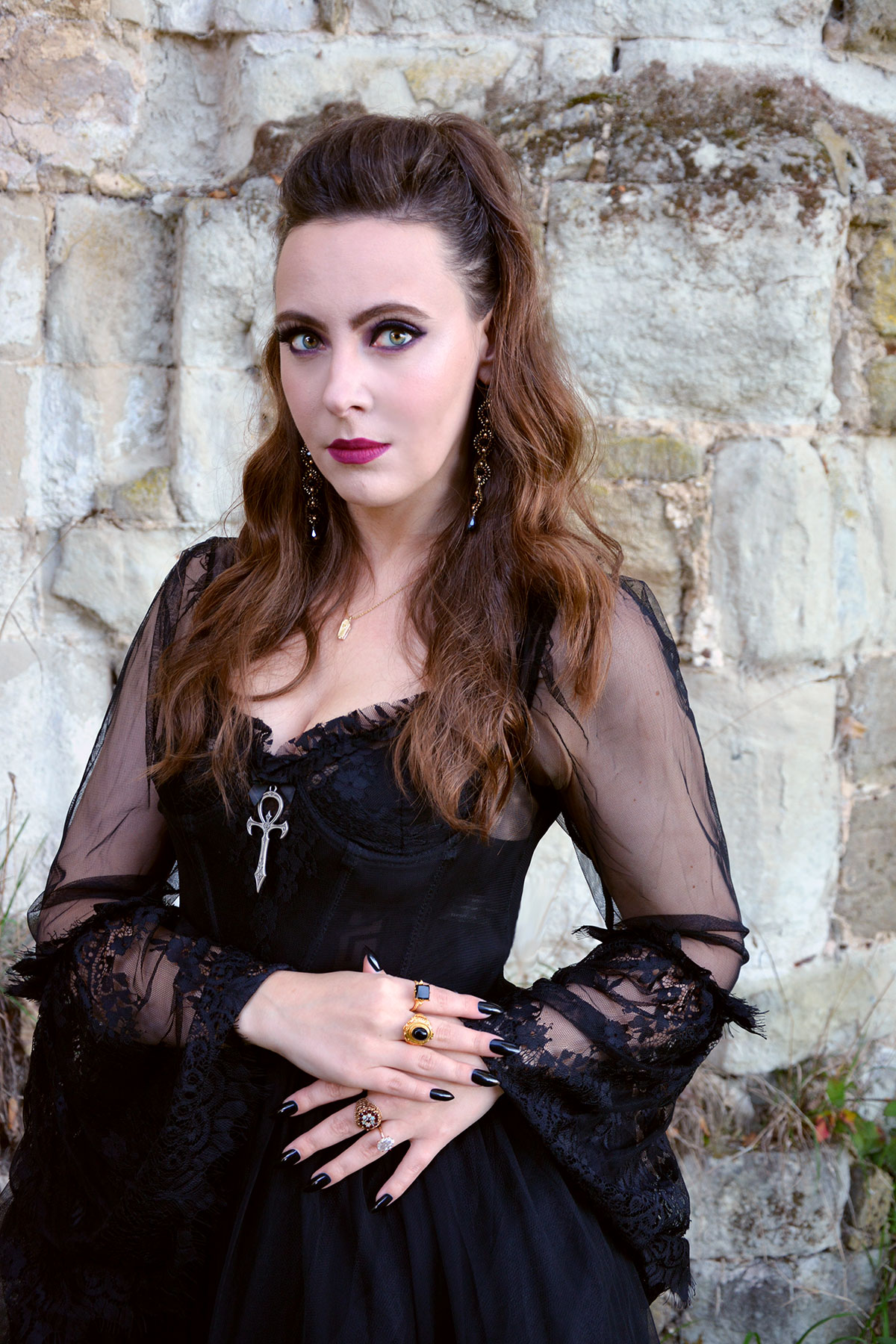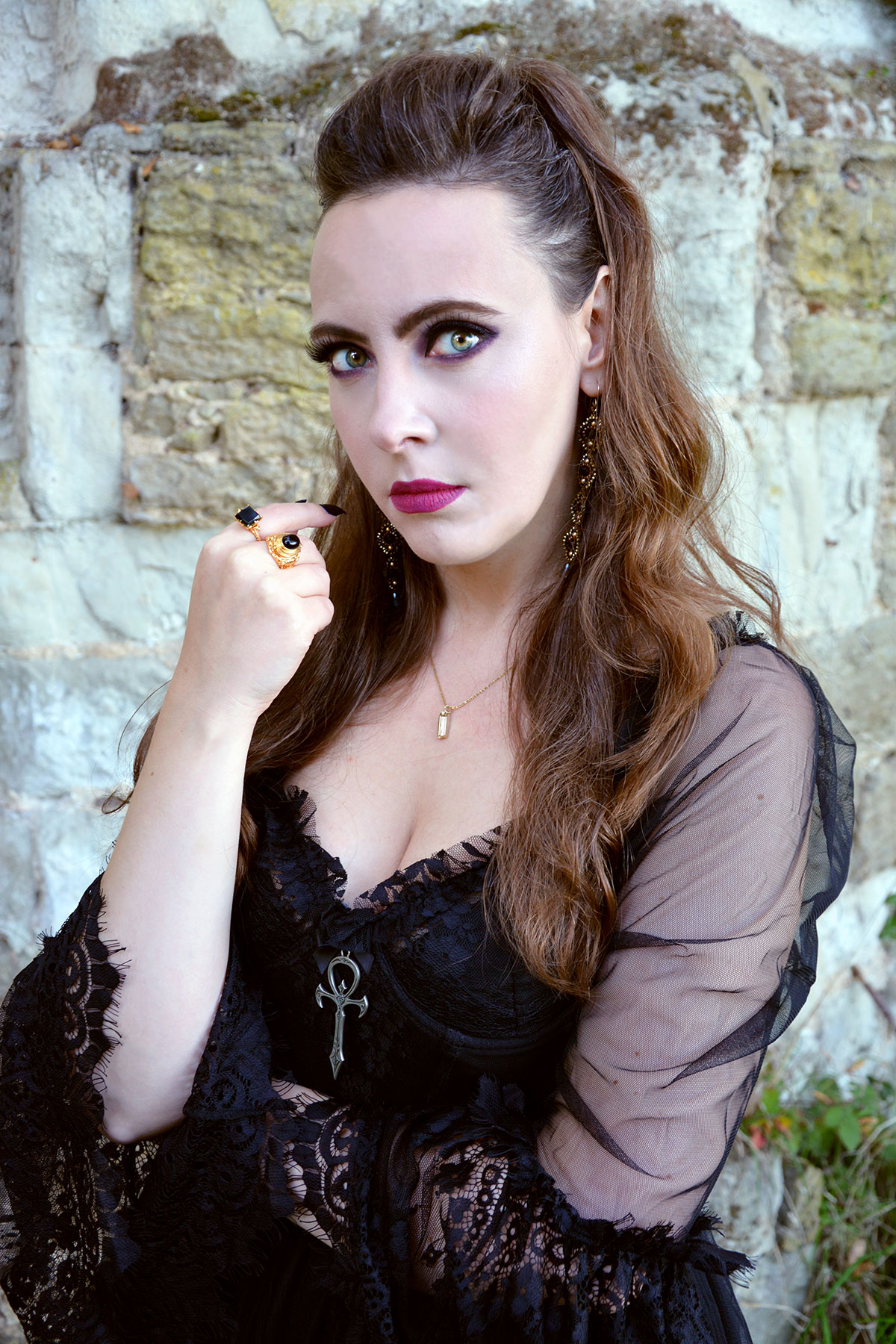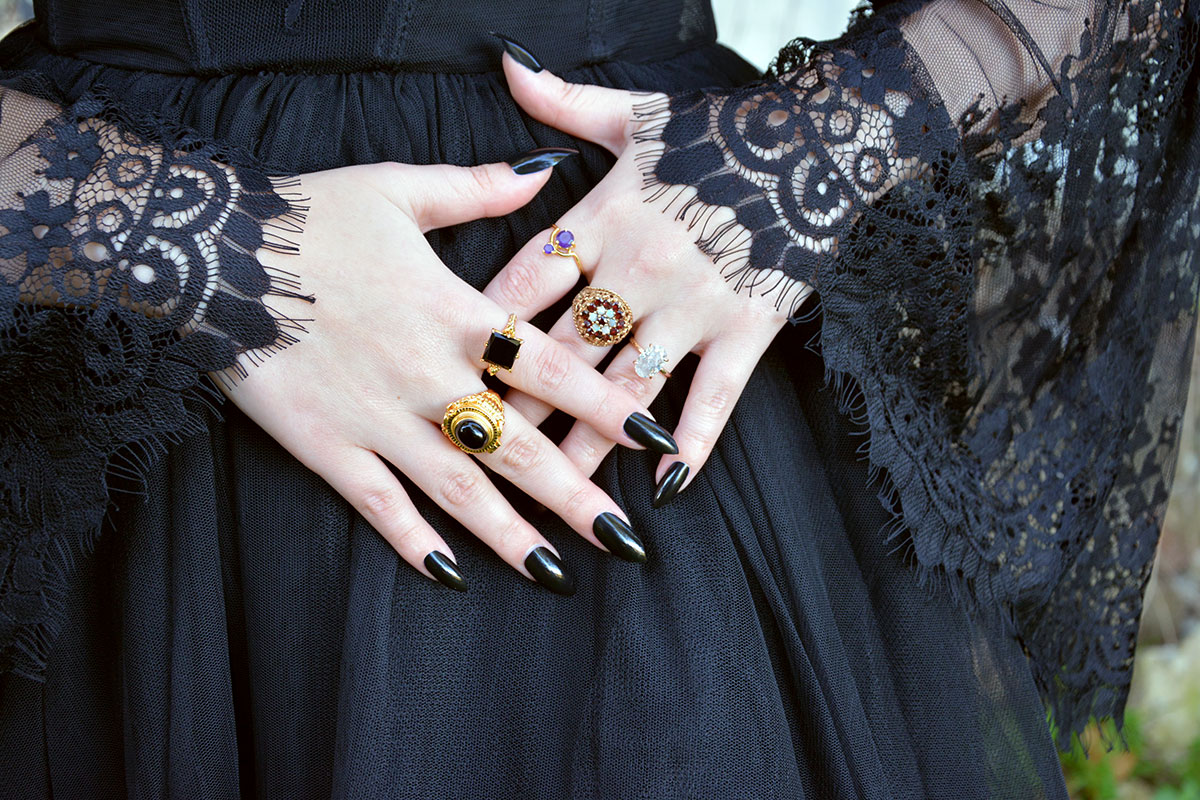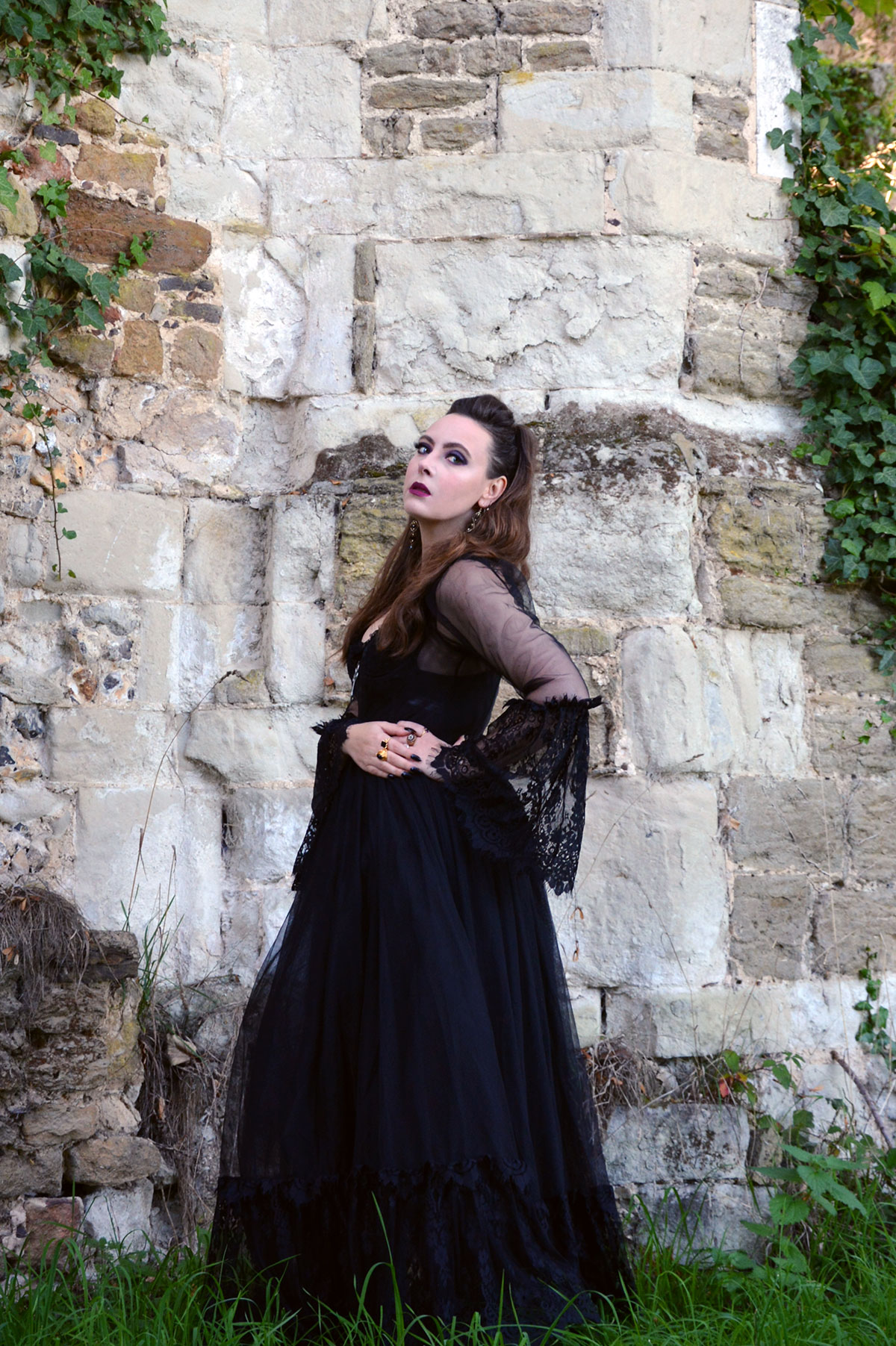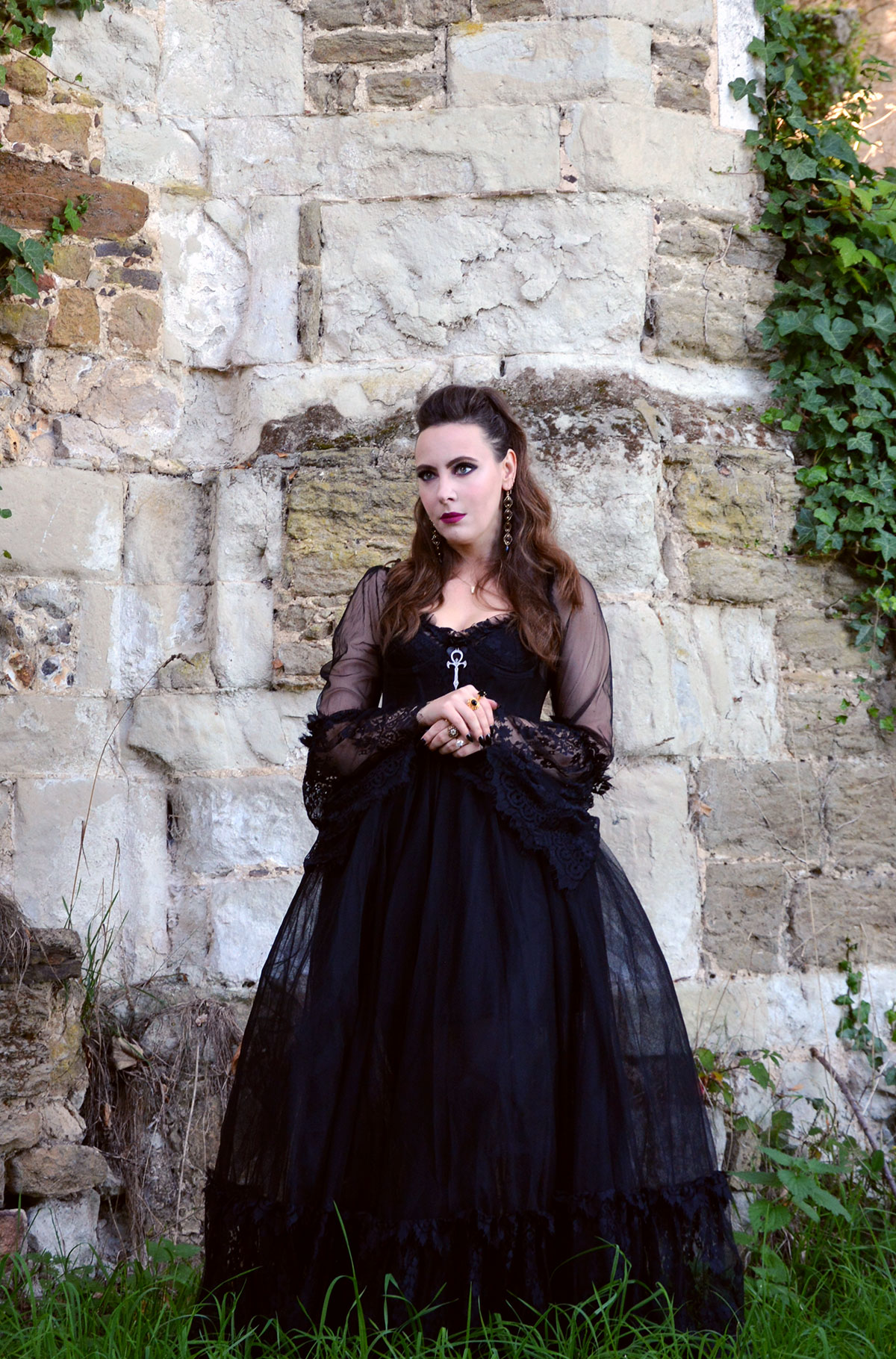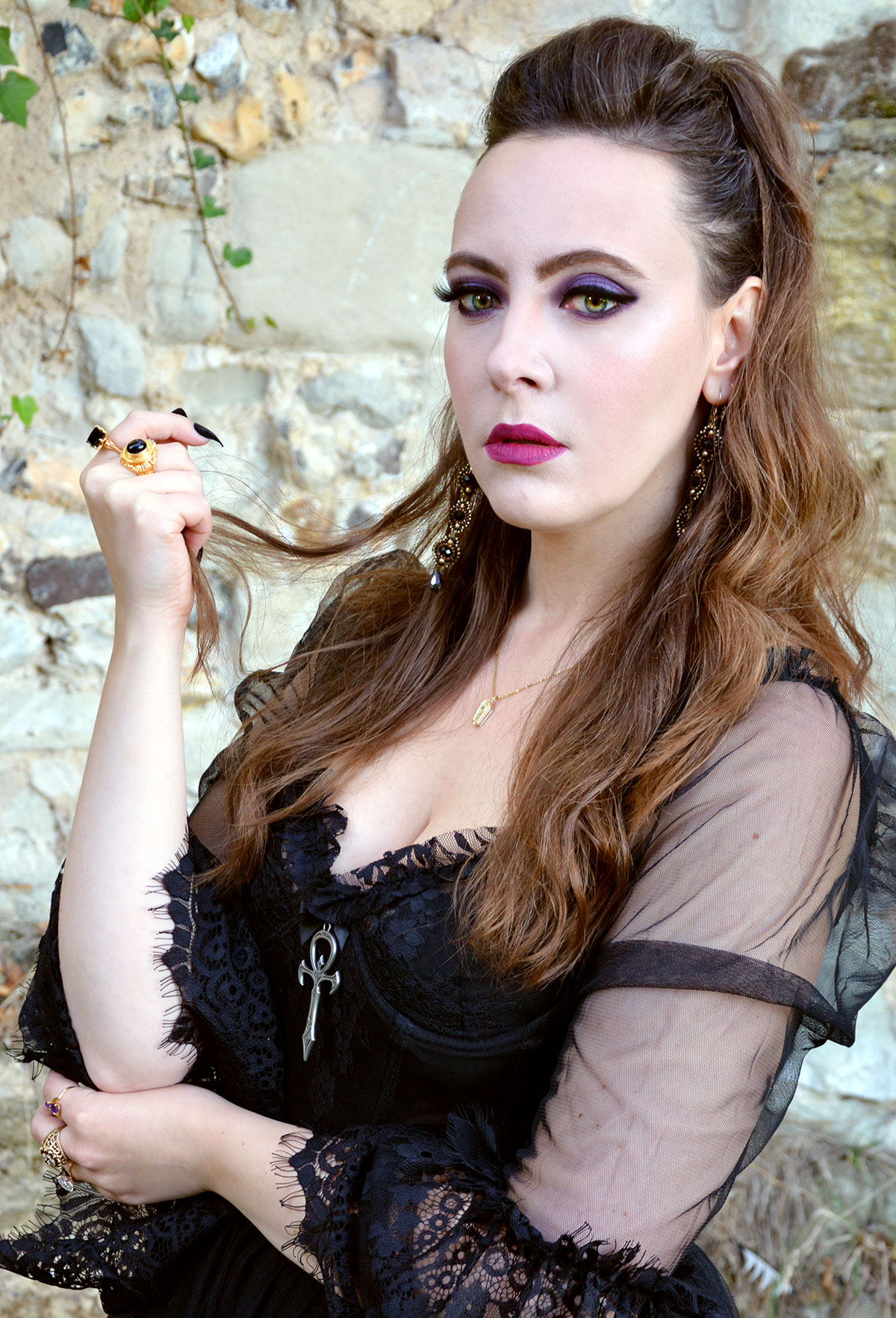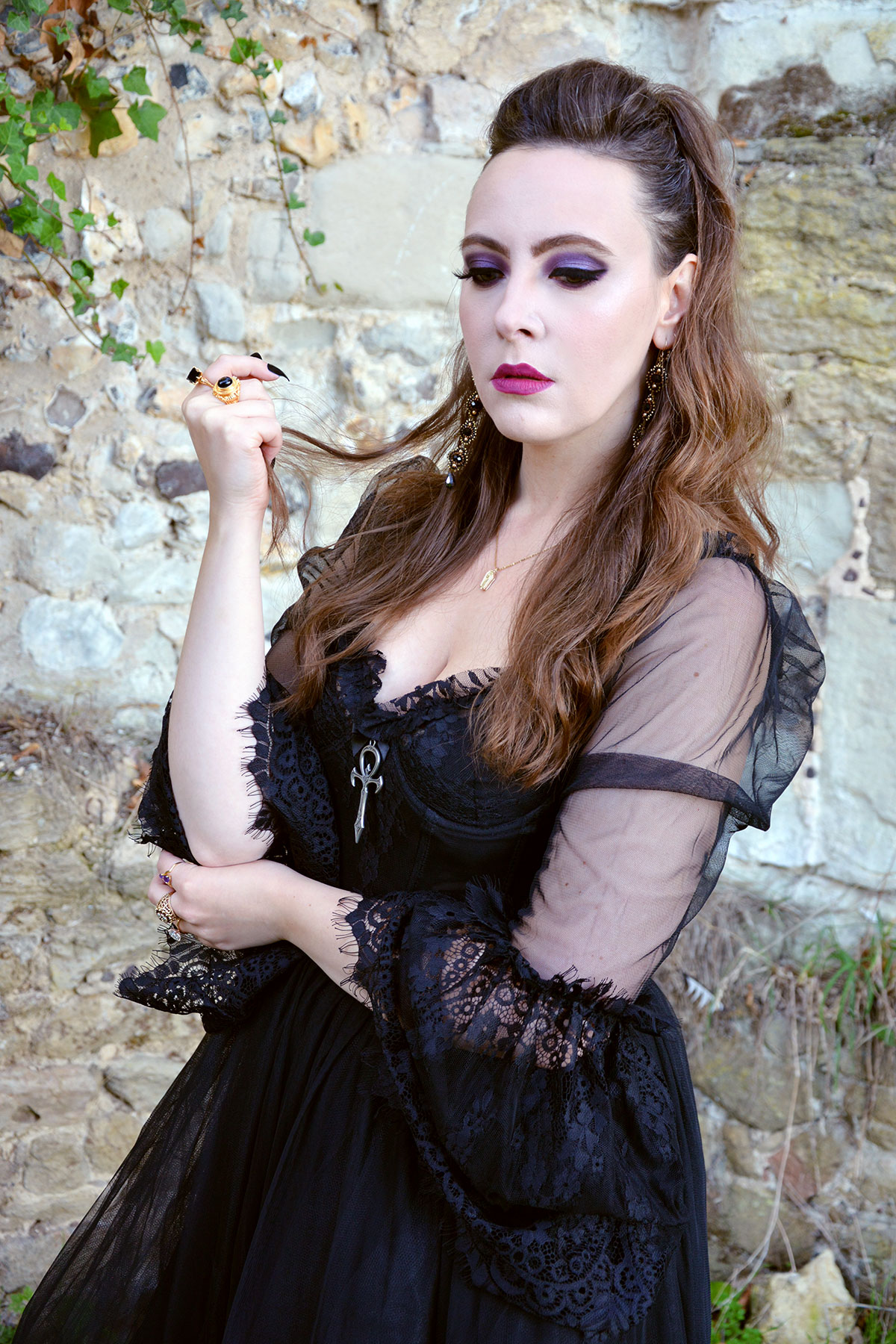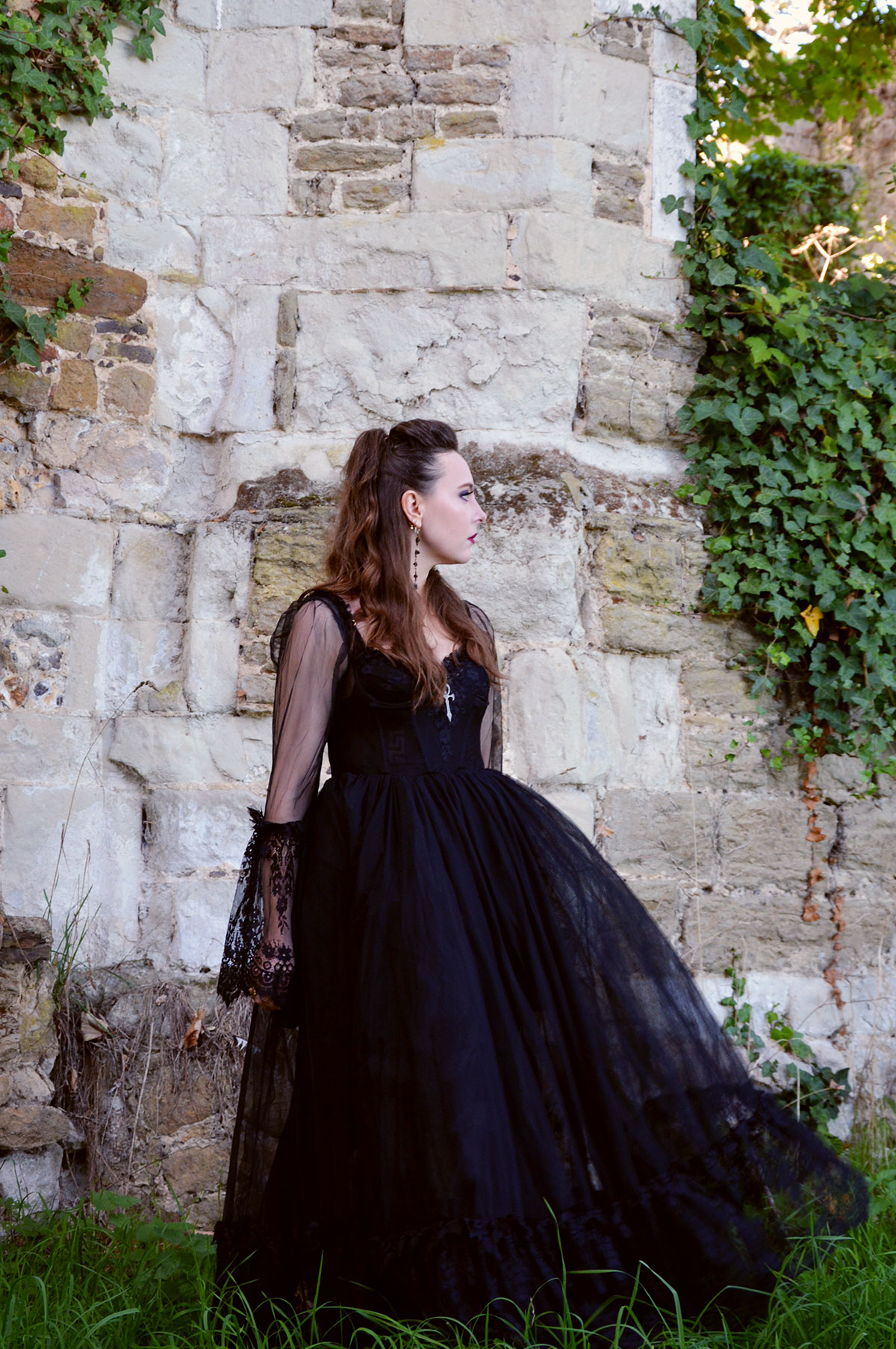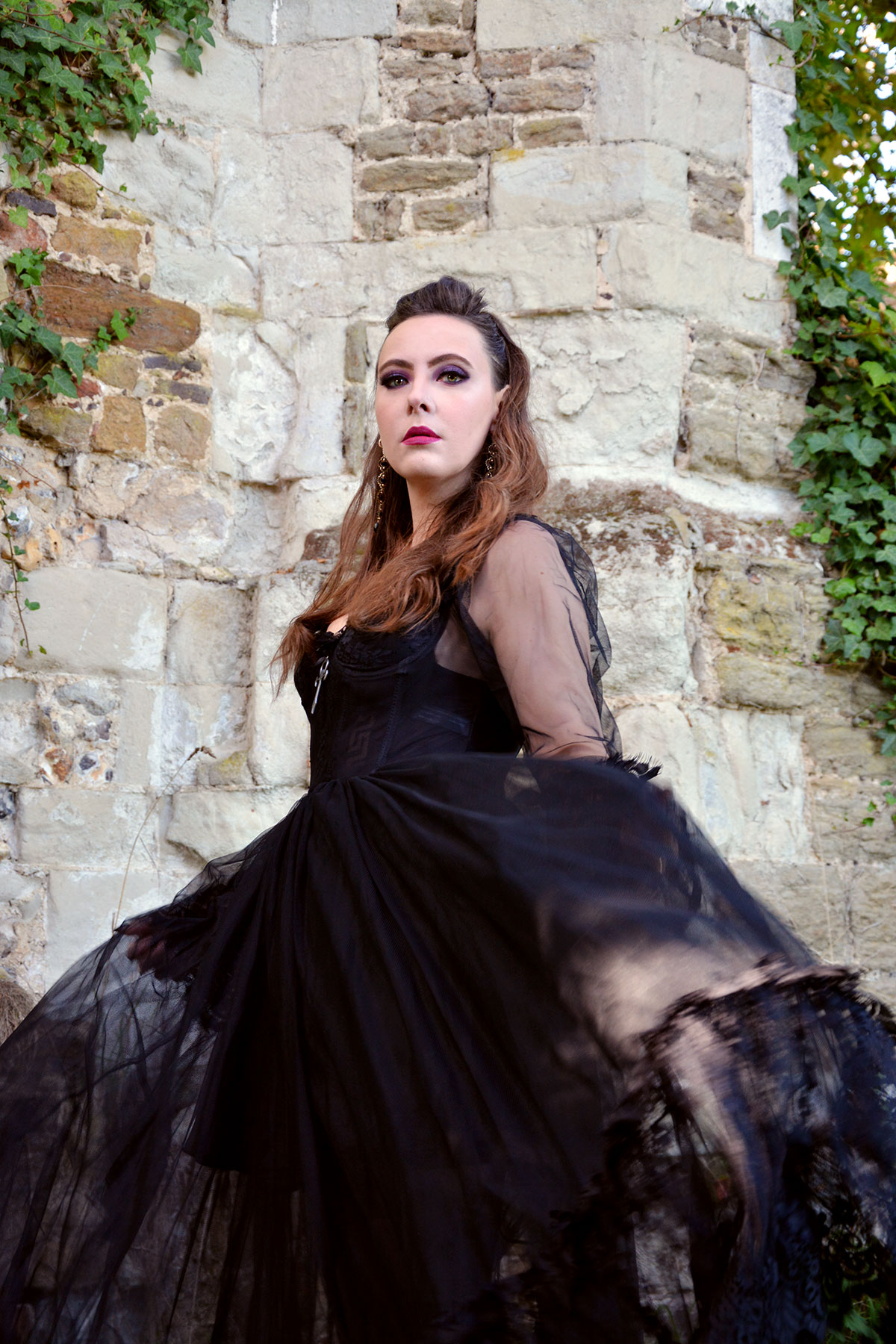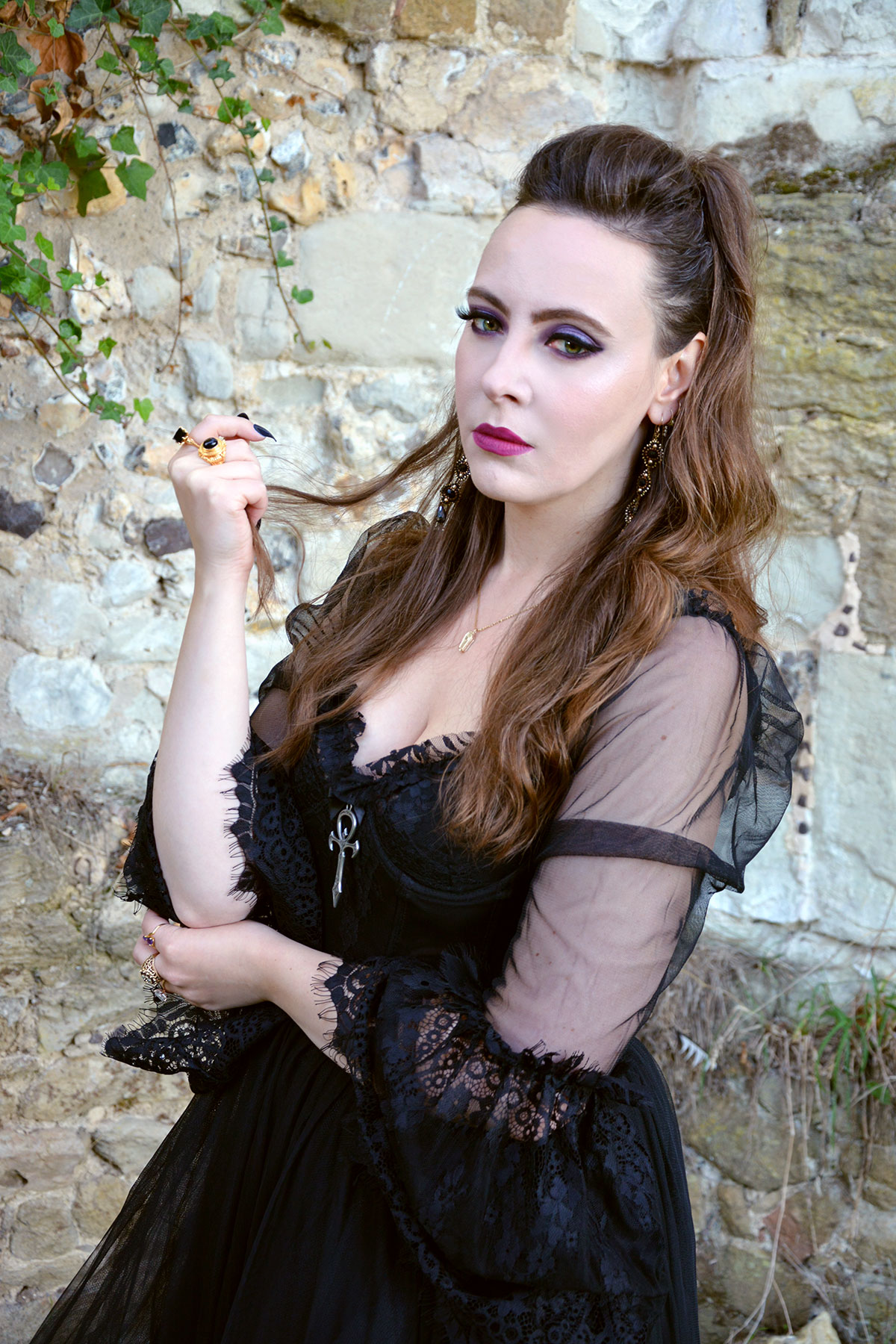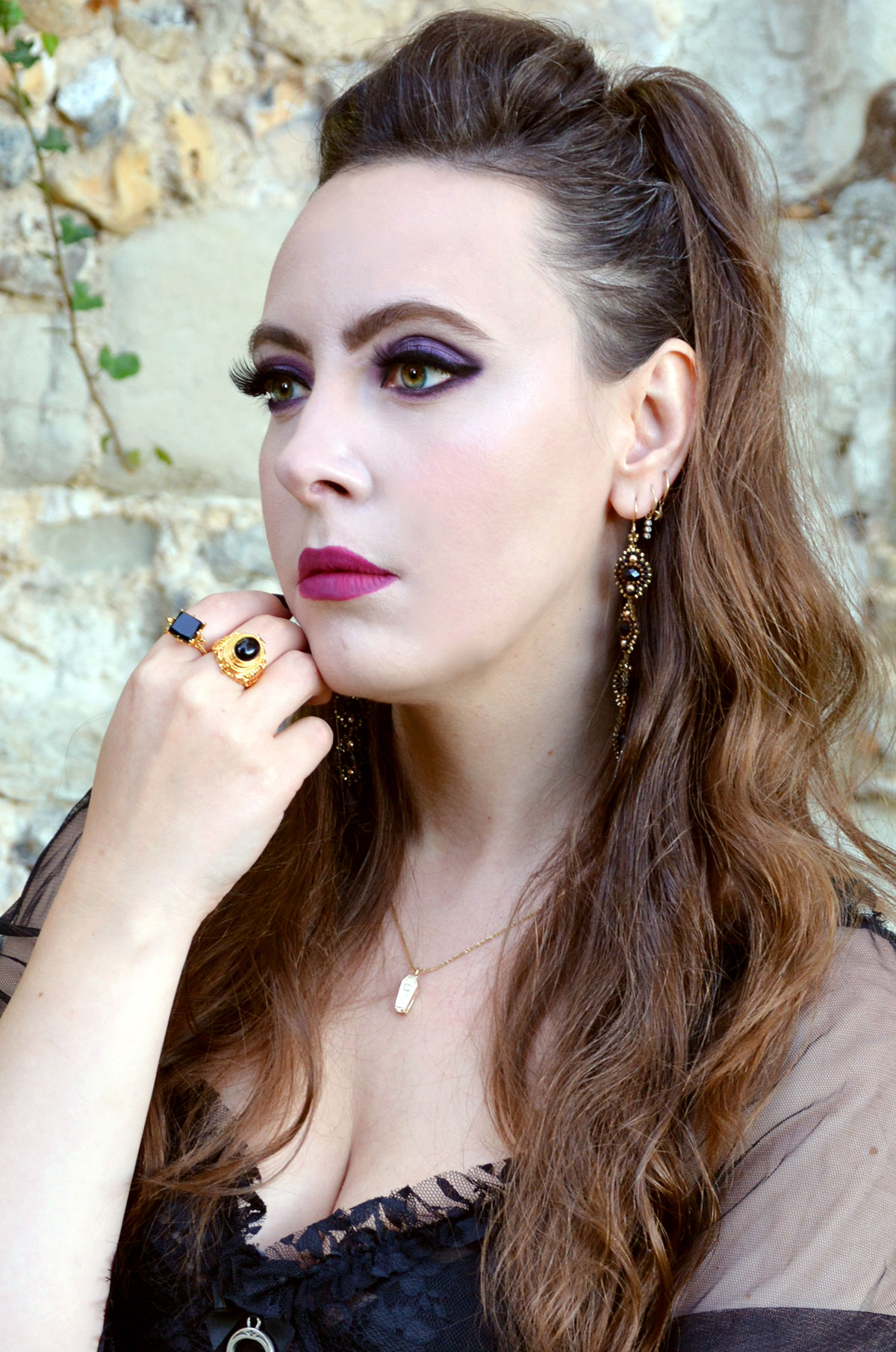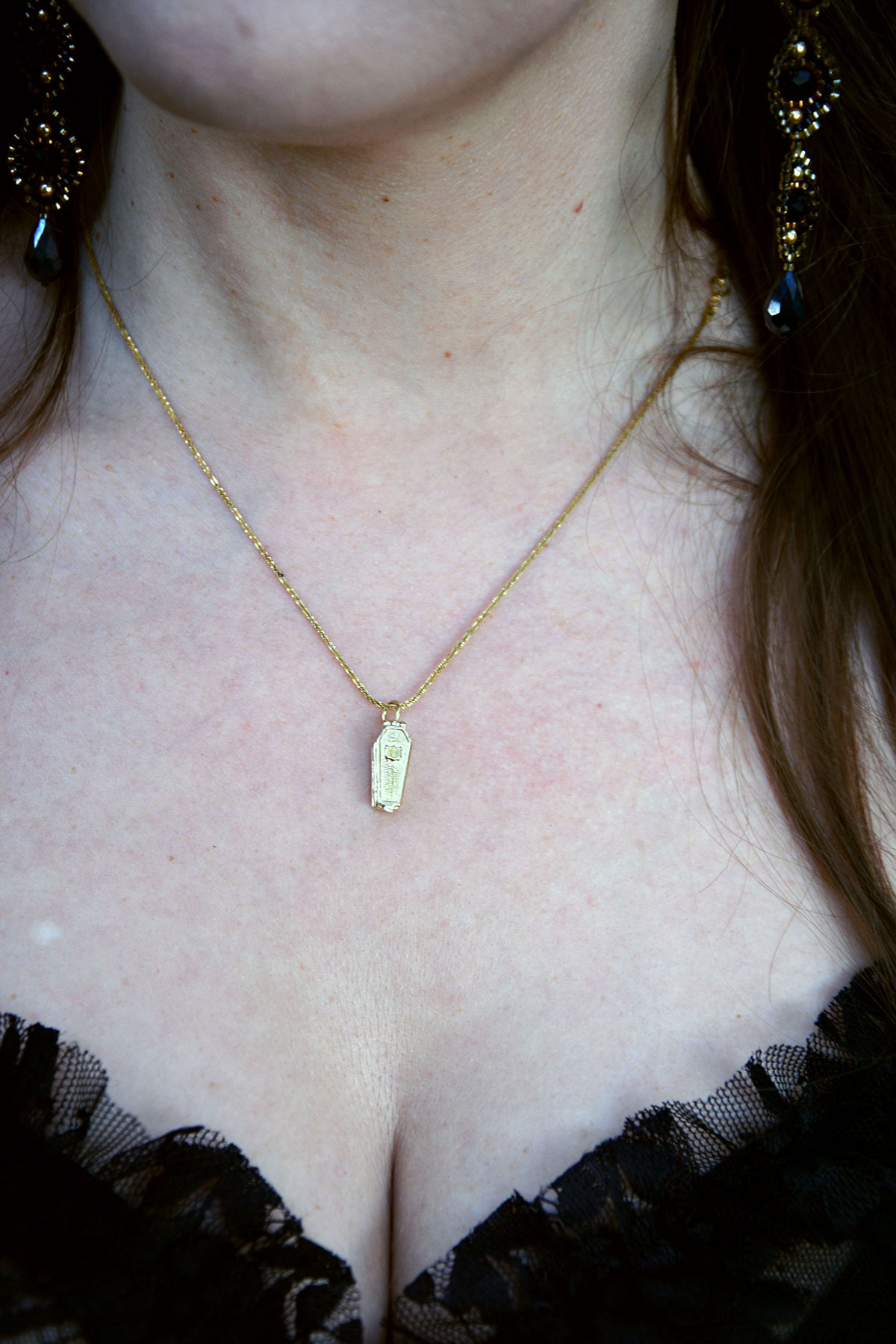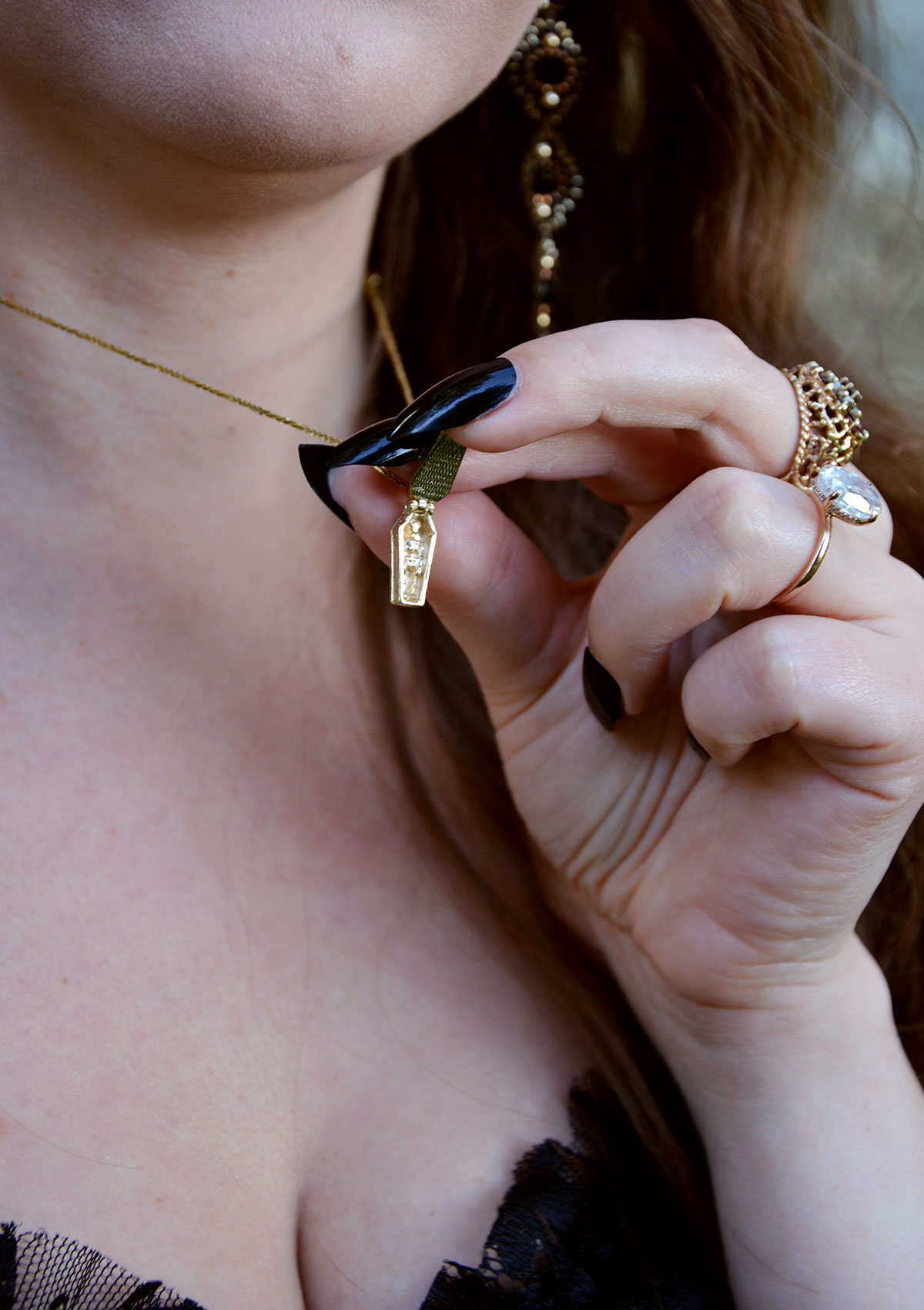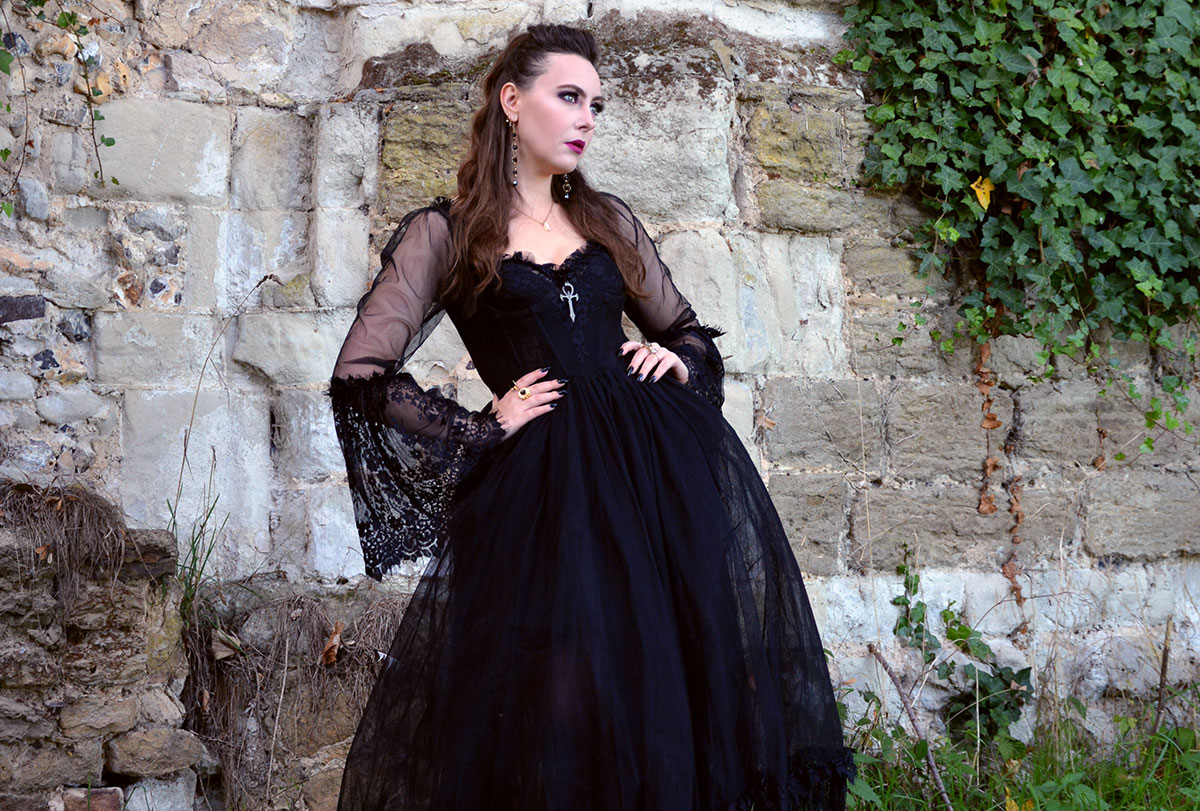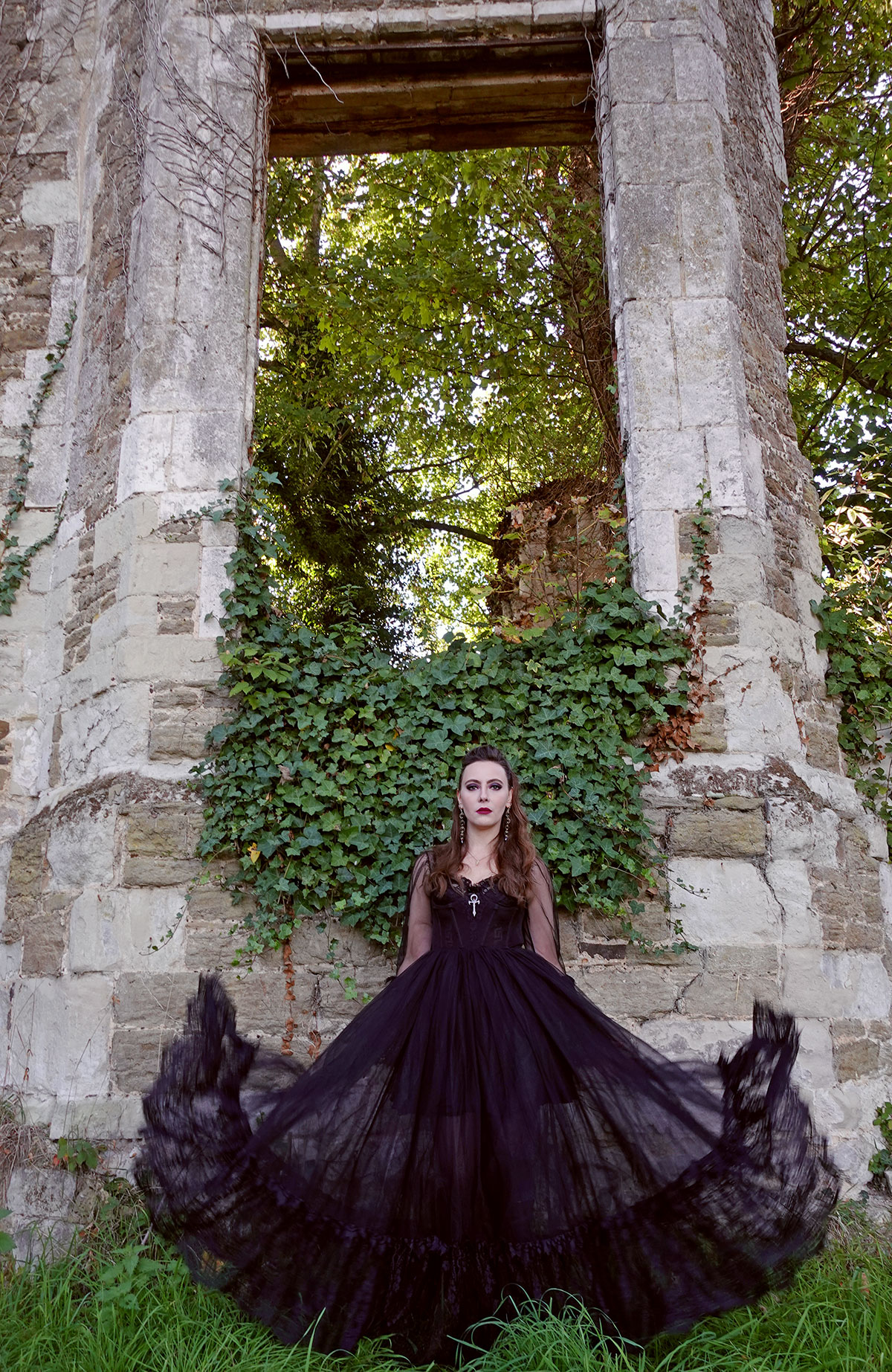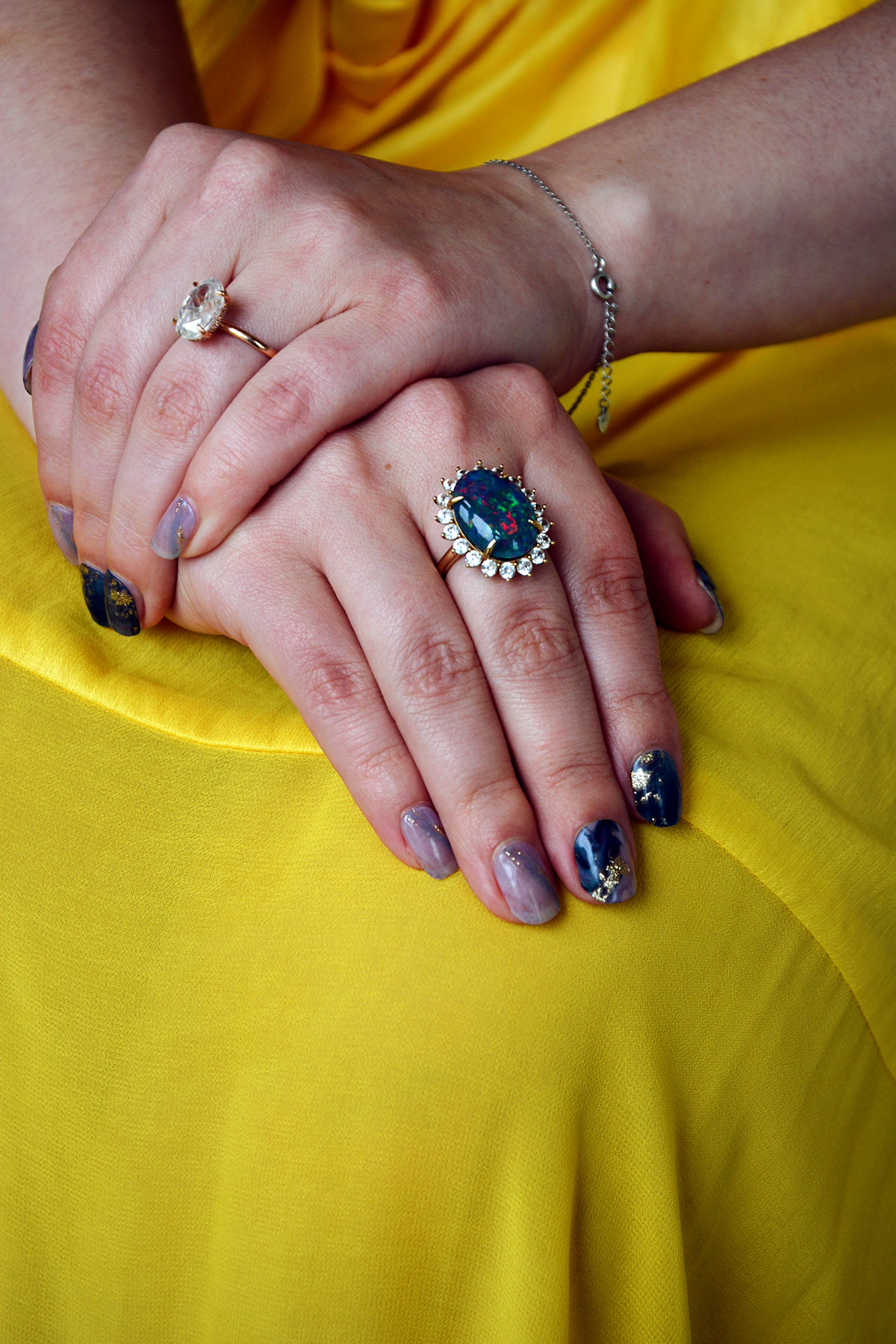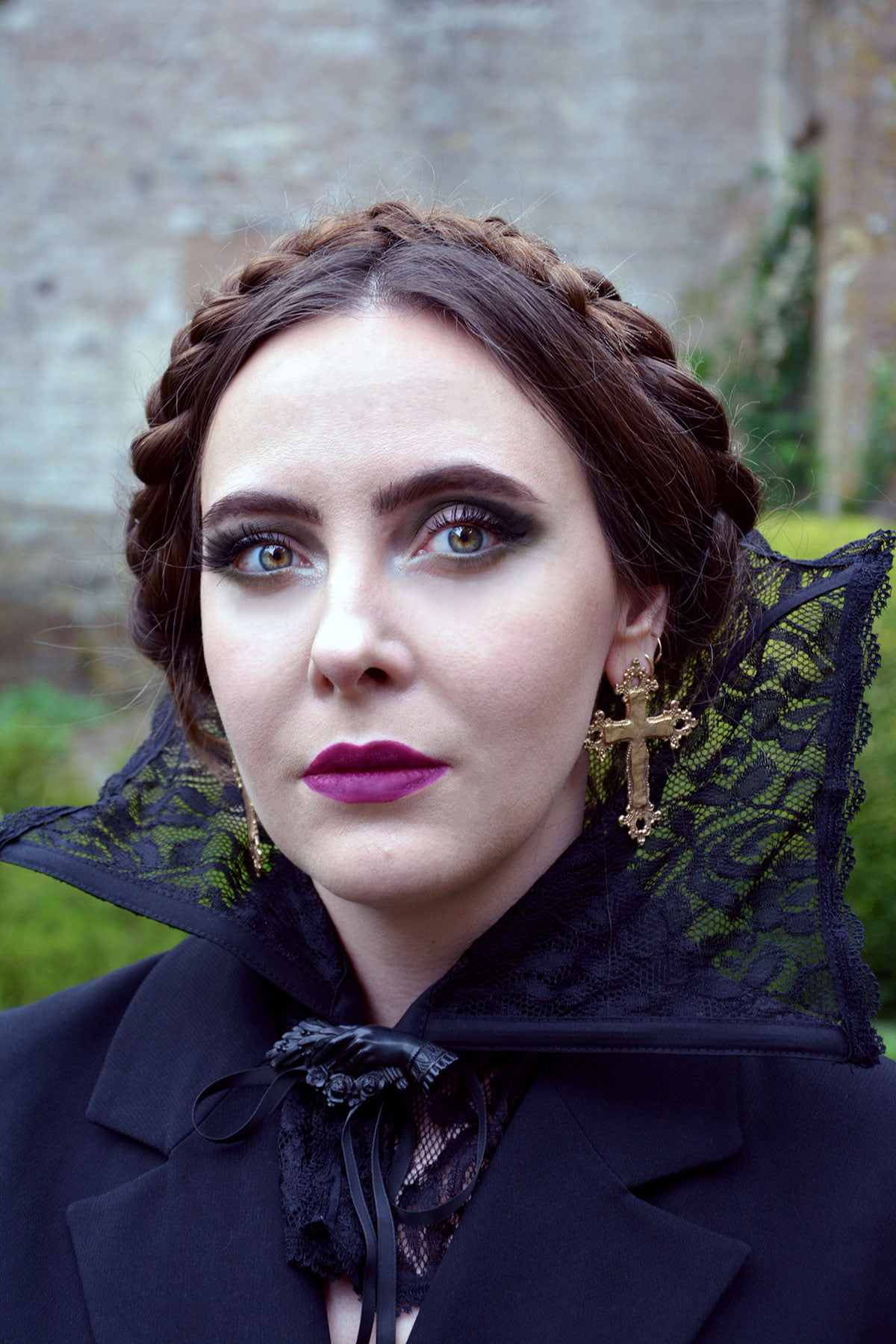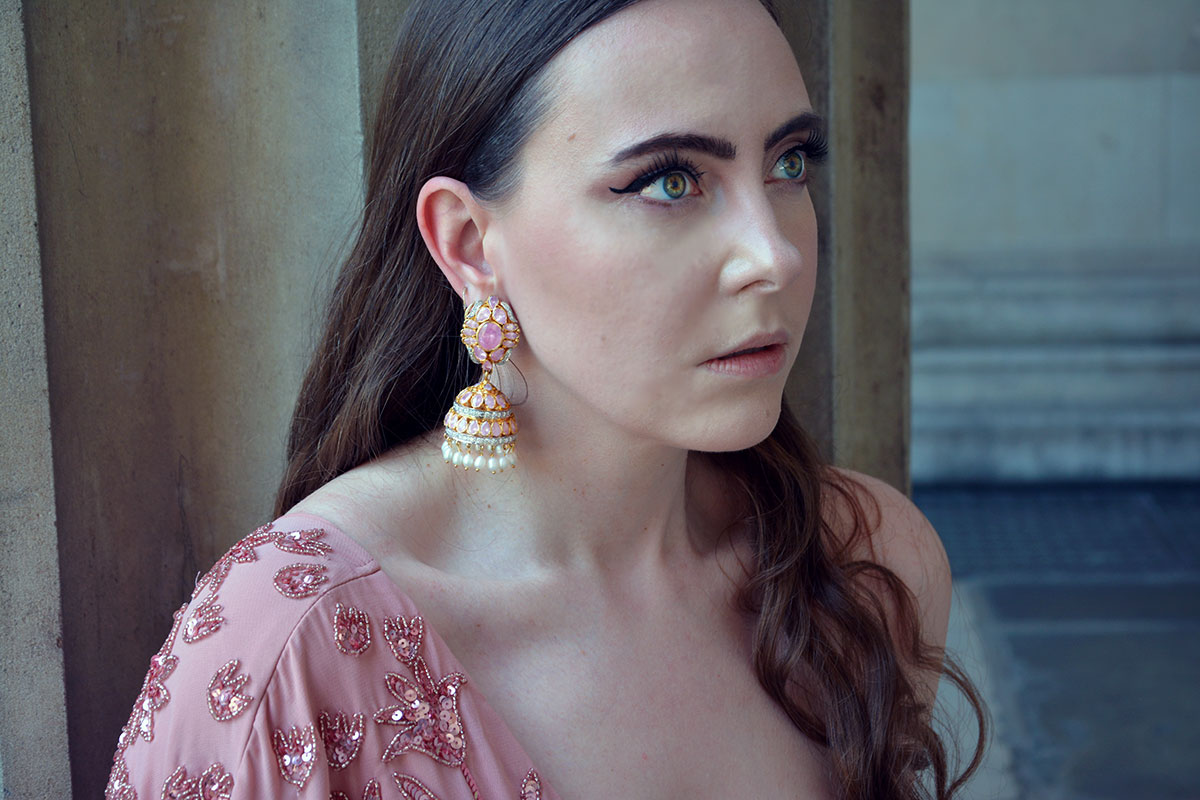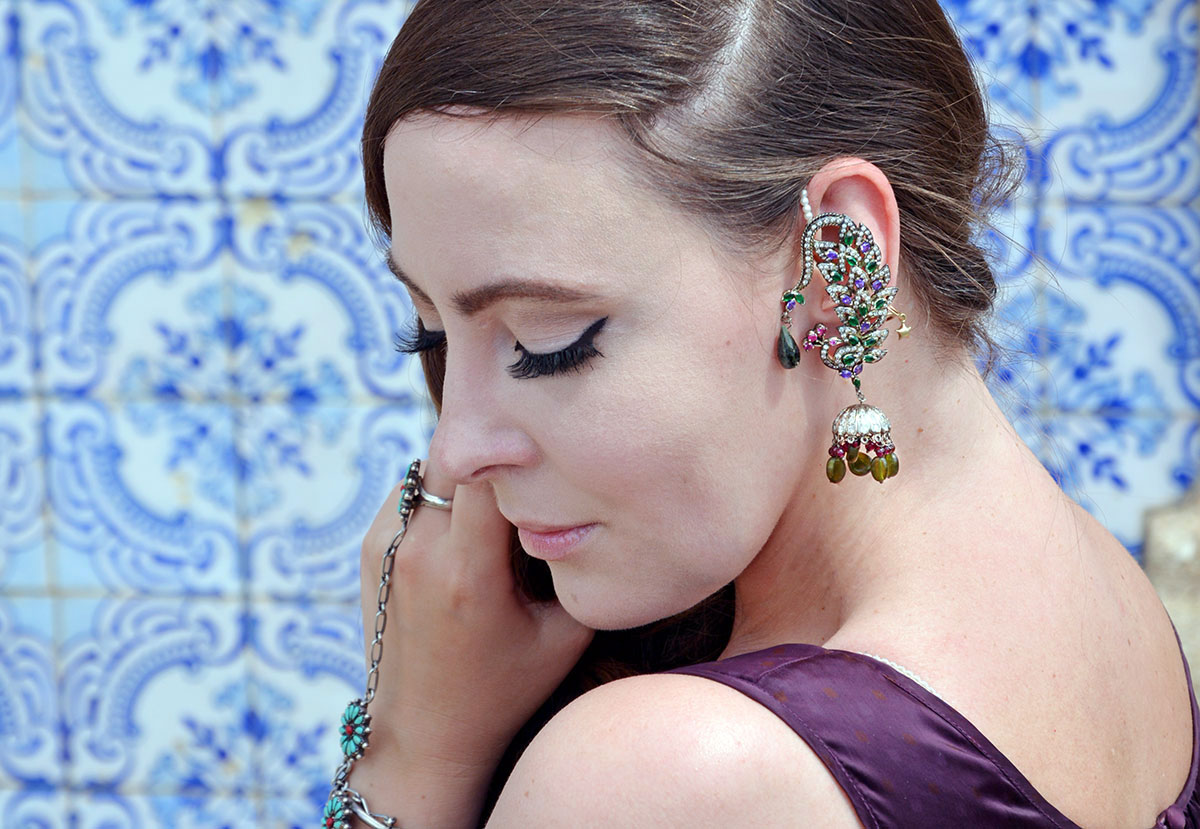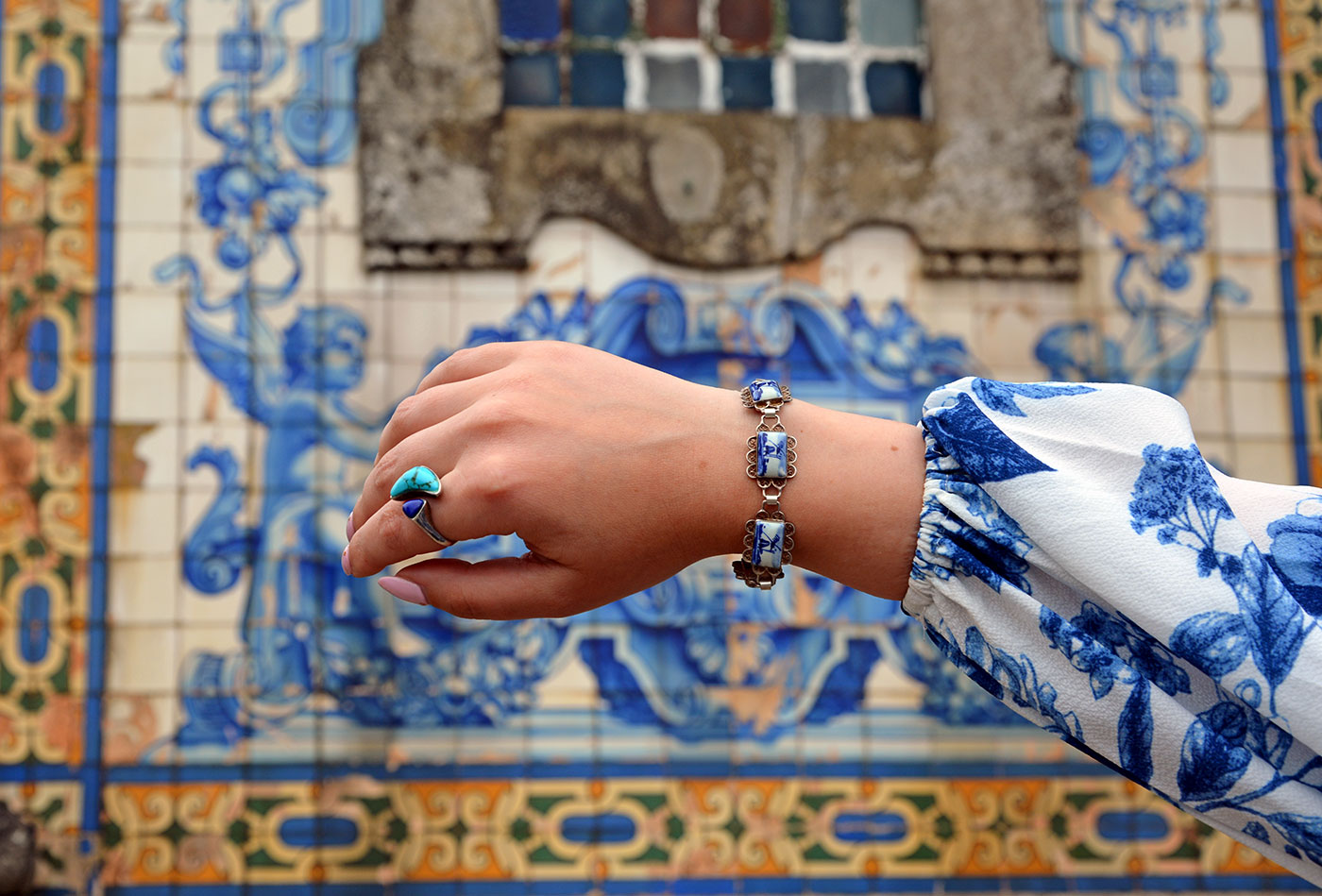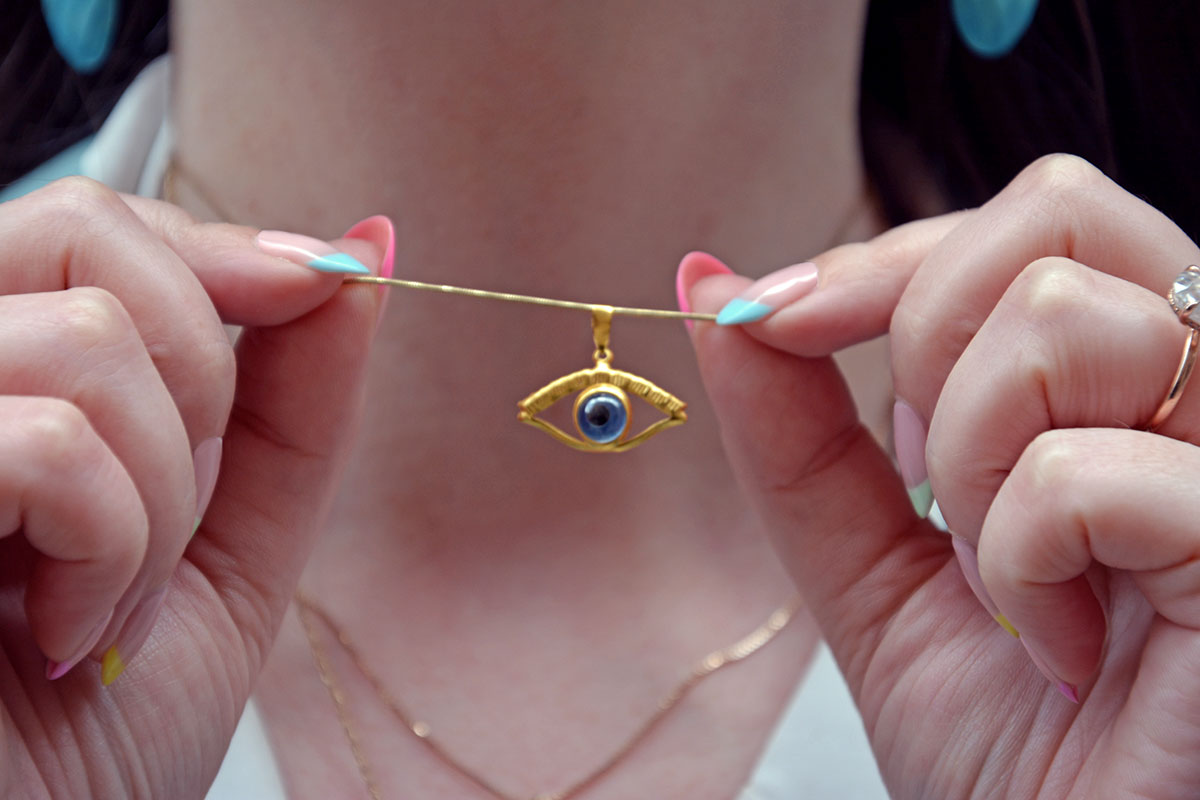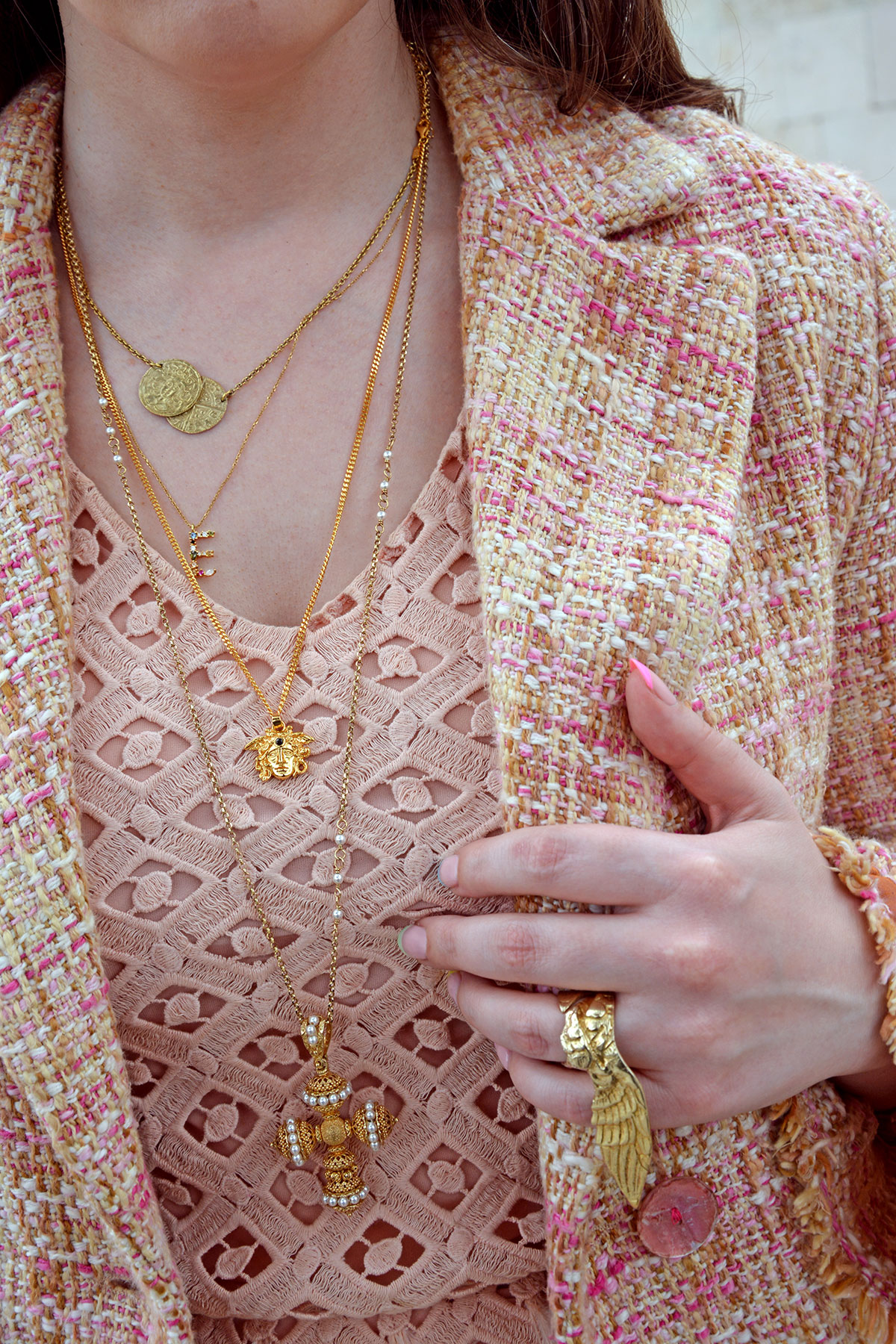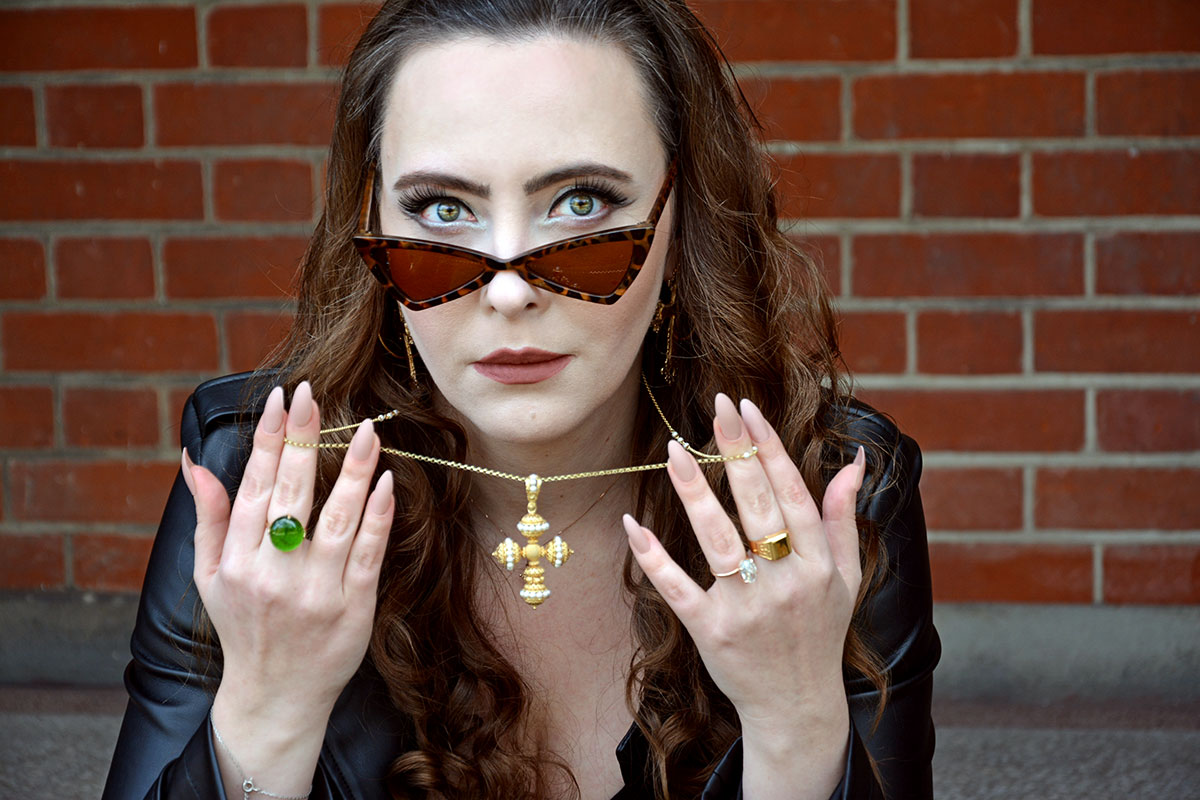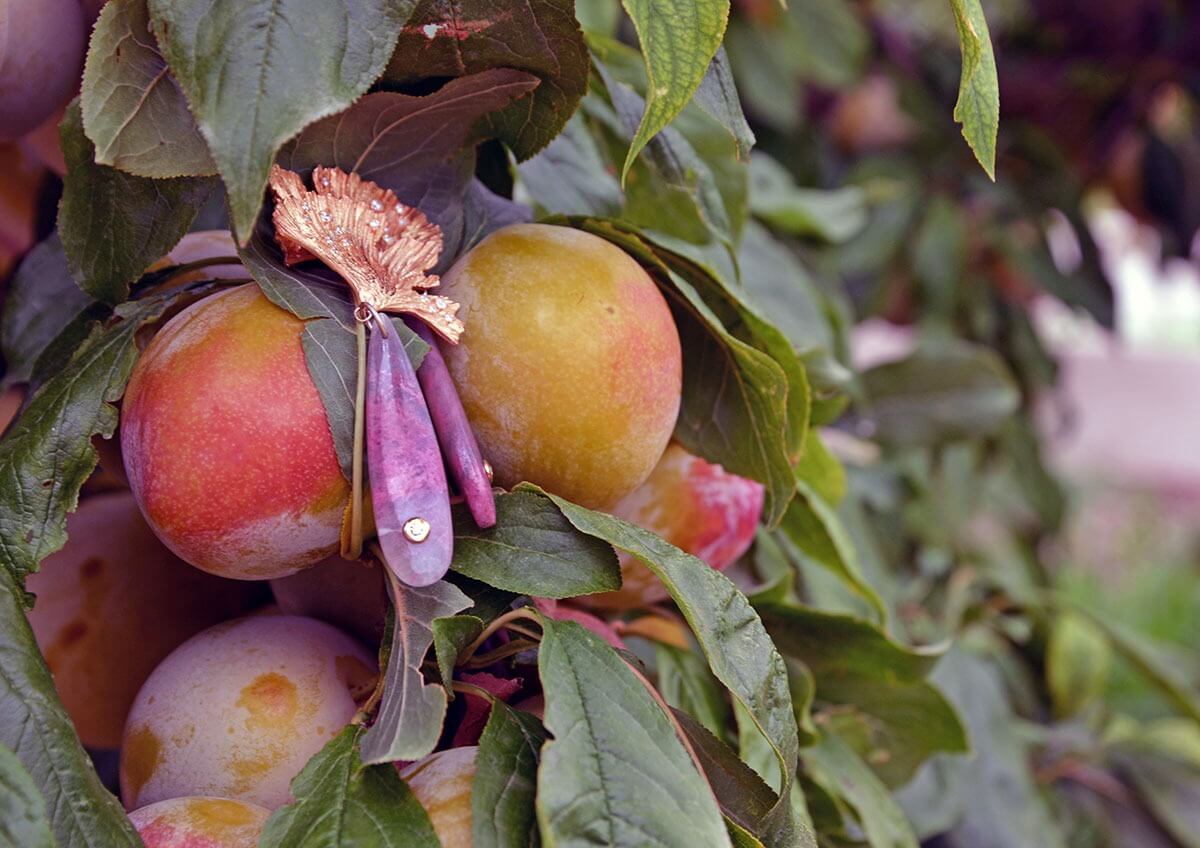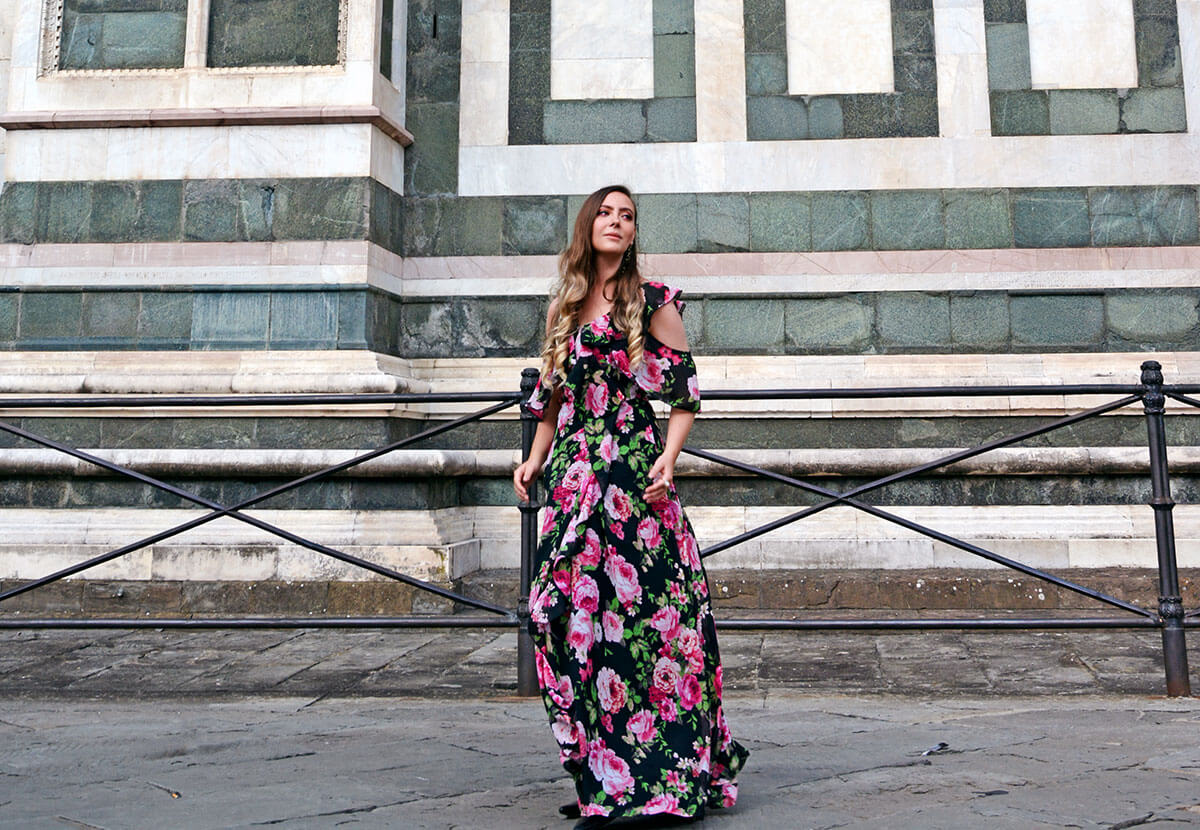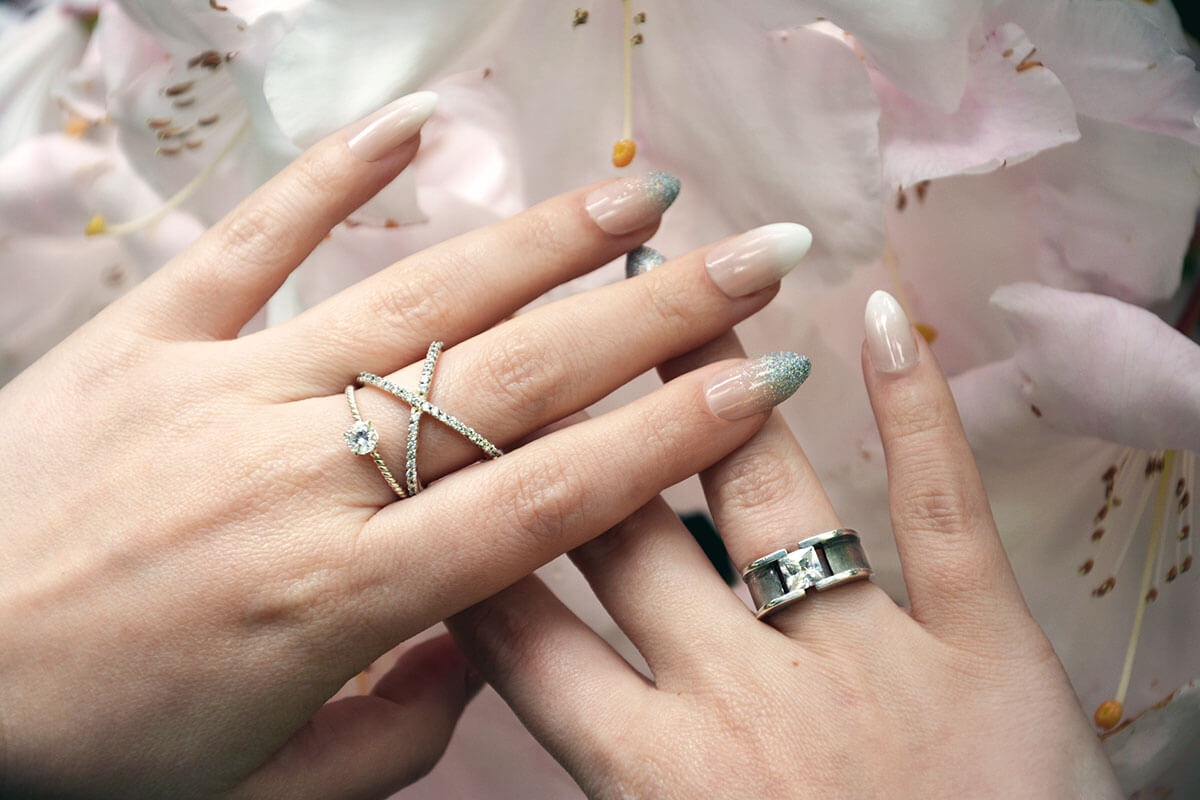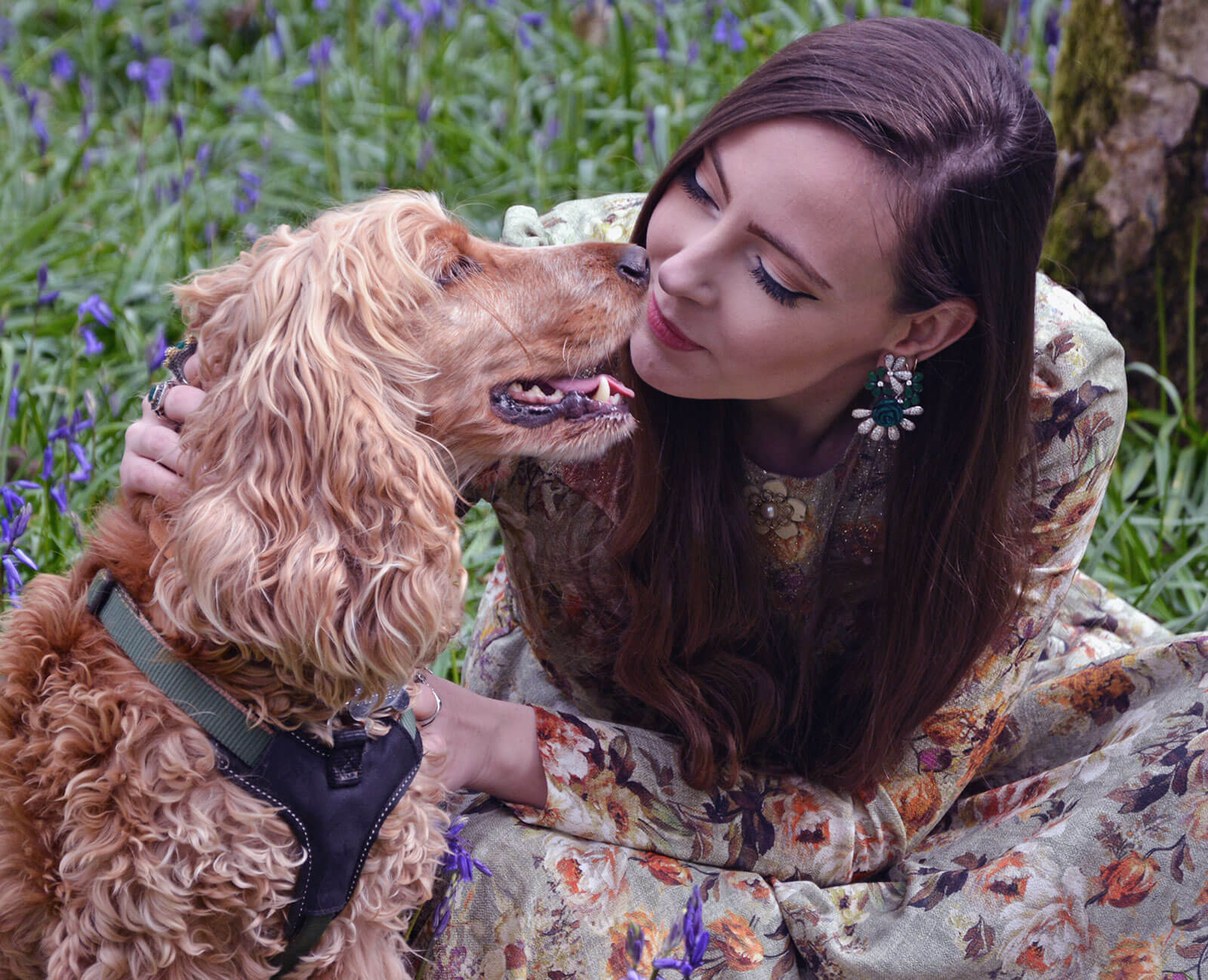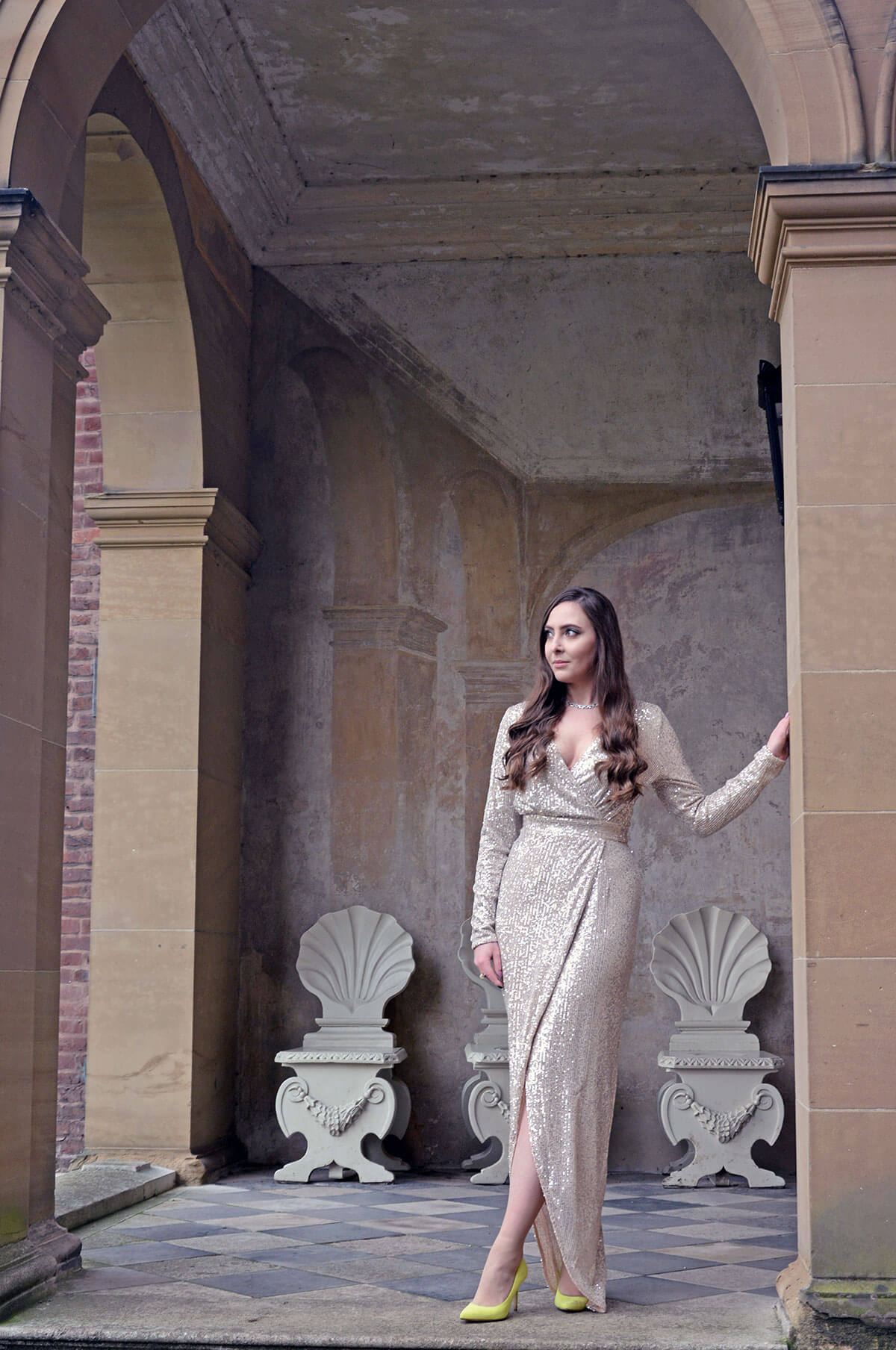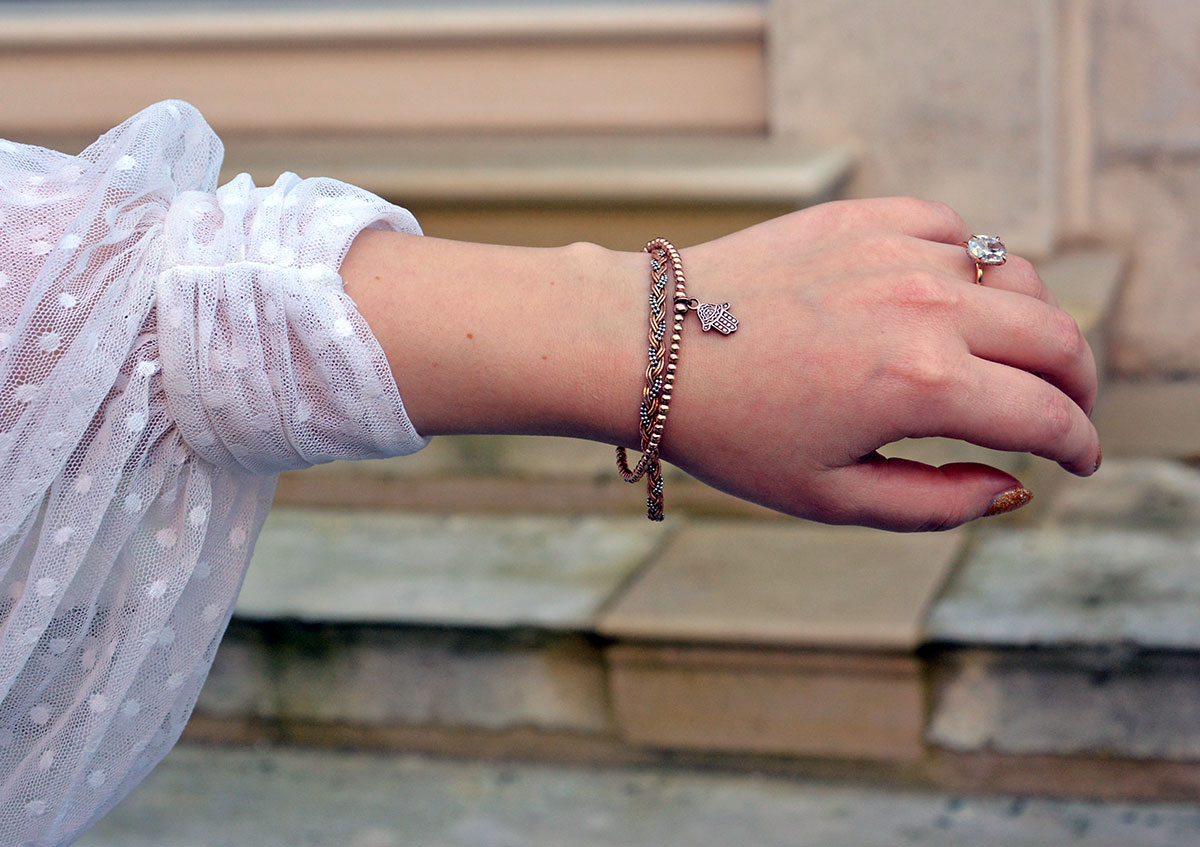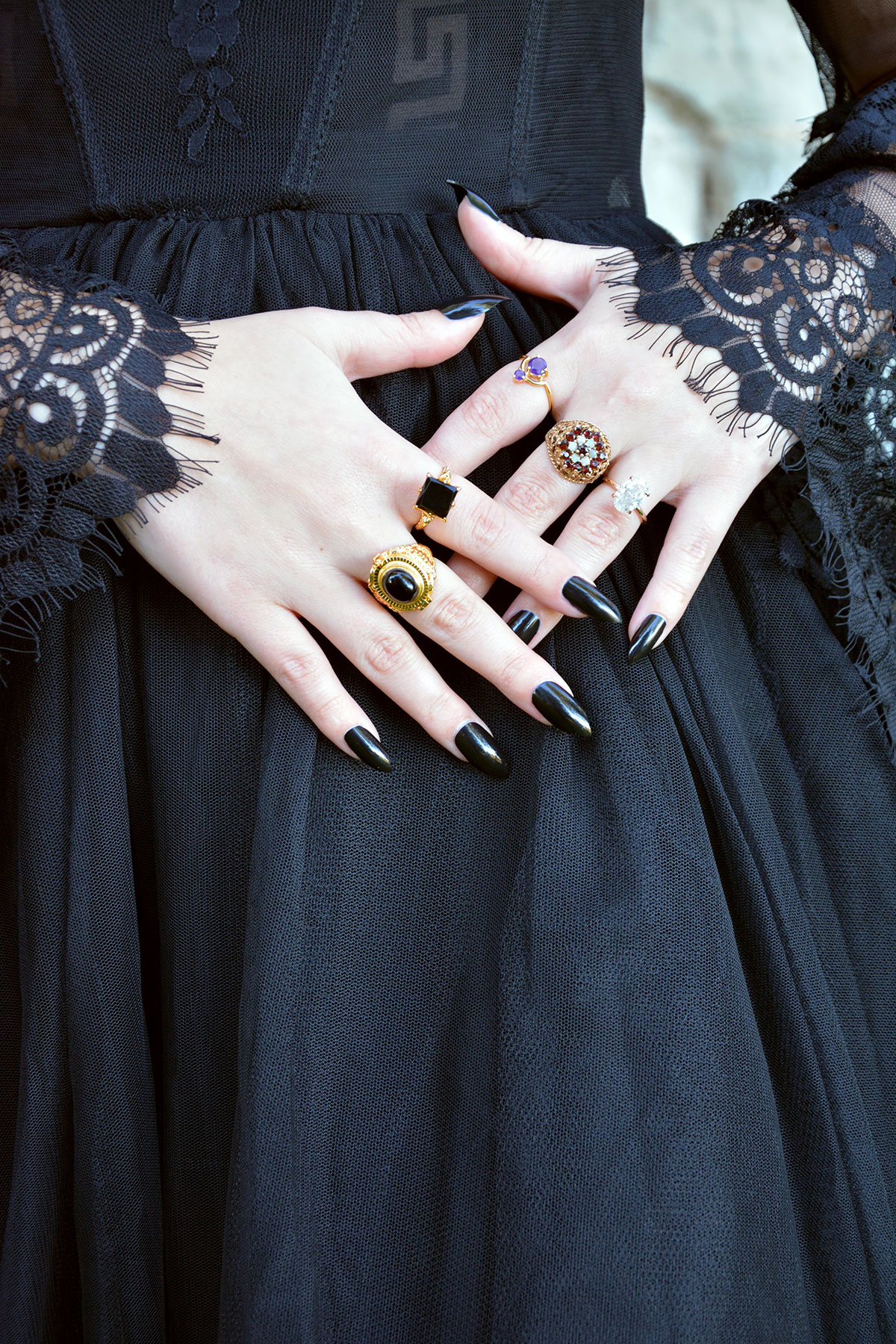
Picture this scene. It’s getting dark in a medieval castle, and dinner is served. Two people sit at the table as they discuss seemingly important matters. The tone is quiet, but the atmosphere somehow is not fully relaxed. A drink would lighten things up. One person stands up, and pours wine into two glasses. That same person asks the second one to pass over a napkin. As the second person turns to grab one, the wine is already brought to them. They both toast, and drink the wine. Suddenly, a layer of sweat and a choking sensation takes over the second person. What they did not see was that the first person slipped in some poison into the second person’s glass. How? A poison ring.
Poirot plots aside, this is a classic scene of how we picture a poison ring in action. But it is much more than that. Let’s do a quick postmortem on poison rings, their origin and the mystery behind these fascinating objects.
What is a poison ring?
A poison ring is a ring that has a hidden compartment which can be opened and closed with a catch and hinge, with its design concealing this feature. A substance, a photo, a memento or other small object can be placed inside a poison ring, and carried around as a secret. And we all love secrets.
Poison rings sometimes are also referred to as box rings, coffin rings or locket rings.
A brief history of poison rings
It is widely thought that poison rings originated in the ancient Far East and India. They were not designed with malice in mind, but practicality. These types of rings were created as a substitute to pouches piled with keepsakes being worn around the neck. Plus, a ring looked miles better than a neck pouch. The design enjoyed great success, so the idea travelled to the Middle East and the Roman Empire. It is alleged that Roman soldiers favoured wearing poison rings in battle as keepsakes were taken out, and poison put in. This was to assist in taking one’s own life in case of being captured and/or denying the enemy the ecstasy of a war kill.
By the Middle Ages, the poison ring travelled into Western Europe. Liked by nobles especially, the rings gained a lot of notoriety as the design lent itself to malevolence. In theory, you can add poison into the hidden compartment, and just like in our intro paragraph, slip some poison into an enemy’s goblet. However, the truth is that poison ring compartments have always been quite small, and the actual number of deaths due to poison added into food or drink from rings is likely to be extremely low.
Nevertheless, Lucrezia Borgia (1480 – 1519), daughter of Pope Alexander VI and Vannozza dei Cattanei, was rumoured to get rid of her family’s enemies with a little help from her bejewelled hand. It’s worth saying that this gossip started spreading as Lucrezia rose through the ranks thanks to her marriages, and was most likely created to tarnish her reputation. The poisonings have never been substantiated with any physical evidence. Luckily today this hearsay adds to a sexy mystique around her instead.
Meanwhile, Bulgarian aristocrats were also allegedly partial to using poison rings to end their feuds. During a recent excavations in Kaliakra, a poison ring was found that was thought to belong to Dobrotitsa (1347-1386), the ruler of Despotate of Dobrudja, who may have used it against a rival family of power and means.
Of course, poison has to co-exist the hope for an antidote. This is why you will find jewel encrusted goblets, and so much legend and lore around the concept of protection from evil and poison when it comes to gemstones. Another symbol of protection is the figa sign, a symbol perceived to be so obnoxious, even evil incarnate is like… ok, as Satan, I agree with it being not today. Read more about the figa sign here.
But it was not only death that poison rings could assist with, it was also carrying the dead, or at least parts of them. A trend emerged that was known as the holy relic trade. Churches were buying excavated dead bodies from ancient Roman catacombs that they assumed belonged to biblical saints, and displaying them at their alters as USPs (unique selling points). They were dressing these dead bodies up in the most precious fabrics and of course jewels. This is an article in itself – but to bring the holy relic trade to life, I recommend picking up Heavenly Bodies: Cult Treasures & Spectacular Saints from the Catacombs. That book is tough to put down once you start. The holy relics that were less in tact and more “bitty” were not good enough for alter display, but could be fantastic when added into poison rings. Think hair, bones, teeth, ashes – anything allegedly holy was sure to protect the wearer from evil spirits.
The designs of poison rings themselves also diversified from the 17th century onwards. It was no longer a requirement to conceal a compartment, some opted to full-on display their dedication to the style by sporting rings with miniature coffins that made it clear that this was a jewellery piece with something inside.
As the fashion for holy relics waned due to the realisation that most of these relics were simply random people who died in the far past, poison rings suddenly had capacity for something less theological and more anthropological. Although popular throughout history, poison rings as mourning and/or sentimental jewellery have reached new levels of popularity during the Victorian era. In fact, poison compartments branched out of just rings – pendants and bracelets also joined the poison crew. These lockets could now carry hair of your significant other – dead or alive, holy or unholy – notes, love letters, dried flowers (by the way, flowers were a language on its own, read about it here), perfume, miniature portraits or even symbols of support of movements or political thinkers.
Poison rings today
Beyond goth kids, the concept of poison rings is still seen as quite intriguing, almost naughty: Oh what is the secret inside? A picture of a lover? Is it poison? Is it a euphoric drug?
On the flip side, the design is still used with practicality in mind today, as it had been intended by the ancients from the Far East. A great example of this is a ring or locket with an engraving or note in case a chronically ill person collapses, a helper can get instructions on the next steps or an emergency medicinal dose to potentially save a life.
Venom or antidote, good or evil – the ring is just a vessel. It is the wearer who fills it up becoming the poisoner, the poisoned, the protector or the protected. As history has shown, we can be all of these at once. No dose of poison or protection can save us from ourselves.
In the images I am wearing a couple of rings, among them is one poison ring. Can you guess which one is it? Let me know in the comments.
